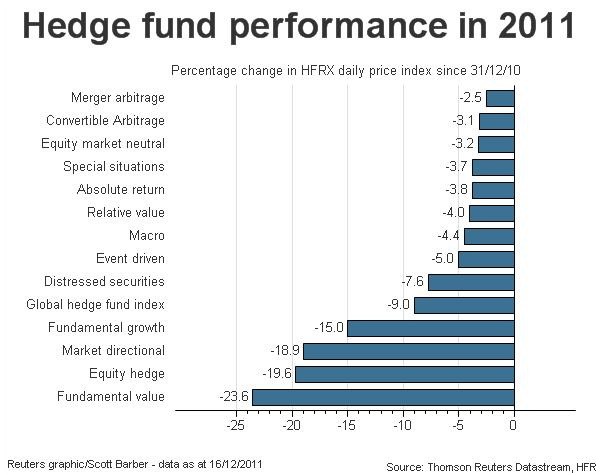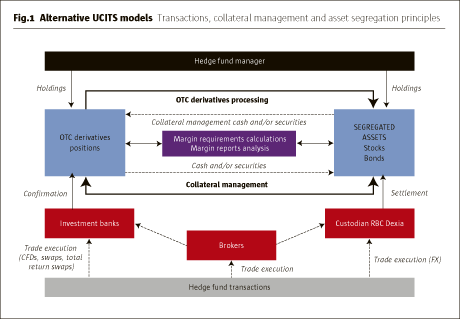Hedge Funds Strategies
Post on: 13 Июнь, 2015 No Comment

Hedge funds use a variety of different strategies, and each fund manager will argue that he or she is unique and should not be compared to other managers. However, we can group many of these strategies into certain categories that assist an analyst/investor in determining a manager’s skill and evaluating how a particular strategy might perform under certain macroeconomic conditions. The following is loosely defined and does not encompass all hedge fund strategies, but it should give the reader an idea of the breadth and complexity of current strategies. (Learn more in Taking A Look Behind Hedge Funds .)
Equity Hedge
The equity hedge strategy is commonly referred to as long/short equity and although it is perhaps one of the simplest strategies to understand, there are a variety of sub-strategies within the category.
- Long/Short
– In this strategy, hedge fund managers can either purchase stocks that they feel are undervalued or sell short stocks they deem to be overvalued. In most cases, the fund will have positive exposure to the equity markets – for example, having 70% of the funds invested long in stocks and 30% invested in the shorting of stocks. In this example, the net exposure to the equity markets is 40% (70%-30%) and the fund would not be using any leverage (Their gross exposure would be 100%). If the manager, however, increases the long positions in the fund to, say, 80% while still maintaining a 30% short position, the fund would have gross exposure of 110% (80%+30% = 110%), which indicates leverage of 10%.

There is a second way to achieve market neutrality, and that is to have zero beta exposure. In this case, the fund manager would seek to make investments in both long and short positions so that the beta measure of the overall fund is as low as possible. In either of the market-neutral strategies, the fund manager’s intention is to remove any impact of market movements and rely solely on his or her ability to pick stocks. Either of these long/short strategies can be used within a region, sector or industry, or can be applied to market-cap -specific stocks, etc. In the world of hedge funds, where everyone is trying to differentiate themselves, you will find that individual strategies have their unique nuances, but all of them use the same basic principles described here.
Global Macro
Generally speaking, these are the strategies that have the highest risk/return profiles of any hedge fund strategy. Global macro funds invest in stocks, bonds, currencies. commodities. options, futures. forwards and other forms of derivative securities. They tend to place directional bets on the prices of underlying assets and they are usually highly leveraged. Most of these funds have a global perspective and, because of the diversity of investments and the size of the markets in which they invest, they can grow to be quite large before being challenged by capacity issues. Many of the largest hedge fund blow-ups were global macros, including Long-Term Capital Management and Amaranth Advisors. Both were fairly large funds and both were highly leveraged. (For more, read Massive Hedge Fund Failures and Losing The Amaranth Gamble .)
Relative Value Arbitrage
This strategy is a catchall for a variety of different strategies used with a broad array of securities. The underlying concept is that a hedge fund manager is purchasing a security that is expected to appreciate, while simultaneously selling short a related security that is expected to depreciate. Related securities can be the stock and bond of a specific company; the stocks of two different companies in the same sector; or two bonds issued by the same company with different maturity dates and/or coupons. In each case, there is an equilibrium value that is easy to calculate since the securities are related but differ in some of their components.
Let’s look at a simple example:














